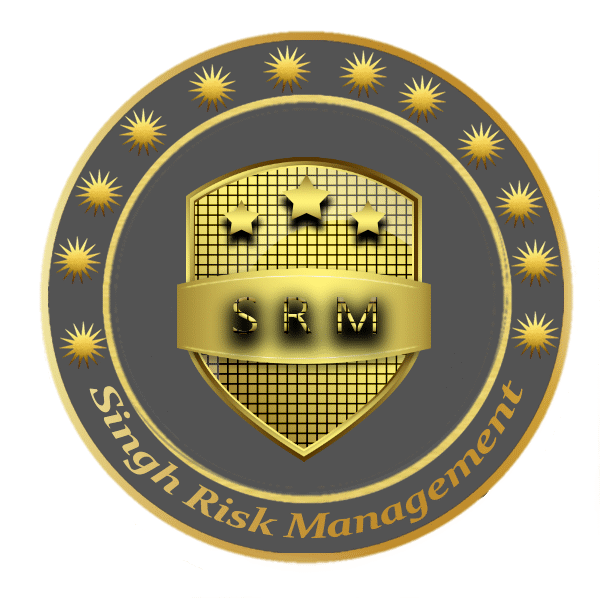Understanding the Process of Risk Management Services
In an increasingly complex and unpredictable world, businesses of all sizes face a wide array of risks. Whether it’s data breaches, compliance violations, operational disruptions, or environmental concerns, these risks can impact performance, reputation, and profitability. That’s where Risk Management Services come into play—offering a structured and strategic approach to identifying, analyzing, and mitigating potential threats.
But what does the risk management process actually look like? Let’s explore the step-by-step journey that ensures organizations are better prepared and resilient in the face of uncertainty.
1. Risk Identification
The first step in the risk management process is identifying potential risks that could affect an organization’s objectives. These risks can come from internal sources, like operational inefficiencies or employee misconduct, or external ones, such as market volatility, cyber threats, or regulatory changes.
Modern risk management services use tools like risk registers, AI-powered scanning, and industry benchmarking to pinpoint hidden threats early. This proactive approach prevents minor issues from escalating into major disruptions.
2. Risk Assessment and Analysis
Once risks are identified, they need to be assessed based on likelihood and impact. This stage involves analyzing the potential consequences of each risk and determining how likely it is to occur.
Risk management platforms typically use quantitative (data-driven) and qualitative (judgment-based) techniques to evaluate threats. Common methods include:
- Risk matrices
- Scenario analysis
- SWOT analysis
- Monte Carlo simulations
The goal is to prioritize risks so that resources are focused on the most critical vulnerabilities.
3. Risk Mitigation and Control Planning
After assessing risks, the next phase is developing mitigation strategies. This means deciding how to respond to each risk—whether by avoiding it, reducing its impact, transferring it (e.g., through insurance), or accepting it with contingency planning.
For example:
- Cybersecurity risk may be addressed through firewalls, encryption, and regular audits.
- Compliance risk might involve new policies, staff training, and real-time monitoring tools.
- Operational risk could be mitigated through better process design or automation.
Custom strategies are built using risk control frameworks like COSO, ISO 31000, or NIST, ensuring compliance and industry best practices.
4. Implementation of Risk Controls
With plans in place, organizations must implement the chosen risk controls. This involves deploying tools, training staff, updating procedures, and integrating risk management protocols into daily operations.
A strong implementation strategy includes:
- Clear communication
- Defined responsibilities
- Continuous employee involvement
- Integration with digital platforms for visibility
Many businesses choose cloud-based risk management platforms that offer automation, centralized dashboards, and mobile access to ensure real-time control and accountability.
5. Monitoring and Review
Risk management is not a one-time event—it’s a continuous process. Risks evolve, and so must the strategies to manage them. That’s why ongoing monitoring and regular reviews are critical.
Advanced platforms provide:
- Real-time alerts and KPIs
- Dashboards tracking risk trends
- Scheduled audits and compliance checks
- AI-driven forecasting tools
This feedback loop allows businesses to adapt quickly and refine their approach based on performance data and emerging threats.
6. Reporting and Communication
Lastly, clear reporting and transparent communication ensure stakeholders remain informed and engaged. Whether it’s internal teams, board members, or regulatory bodies, delivering the right information at the right time is vital for accountability.
Risk management services provide automated reports, visual risk heat maps, and customizable documentation to make complex data easy to understand and act upon.
Conclusion
Risk is inevitable—but being unprepared isn’t. By following a structured risk management process, businesses can safeguard their operations, protect their reputation, and ensure long-term success. With the help of modern tools and expert services, risk becomes less of a threat and more of a strategic advantage.
Whether you’re a startup or an enterprise, understanding and embracing this process is the first step toward a more resilient future.





